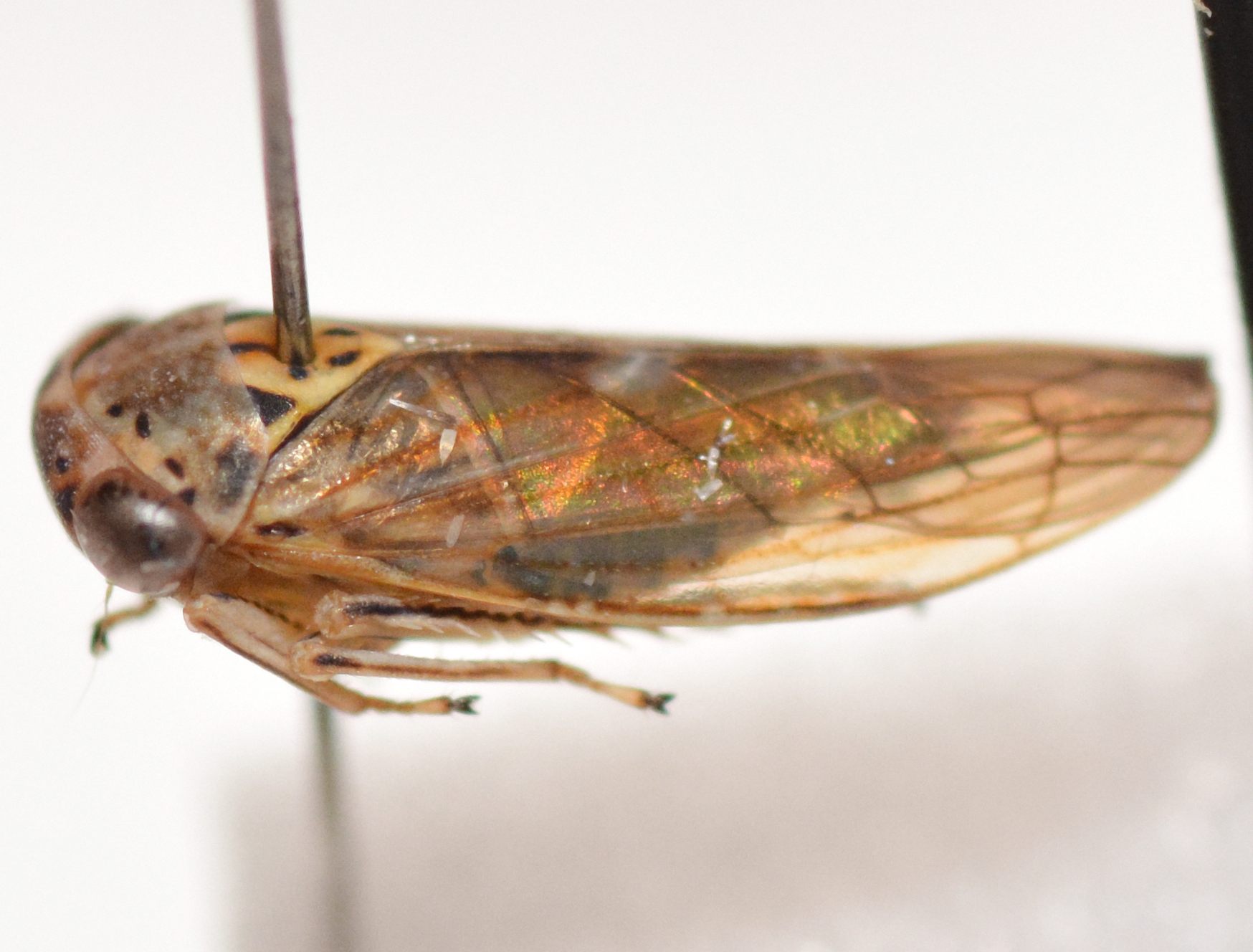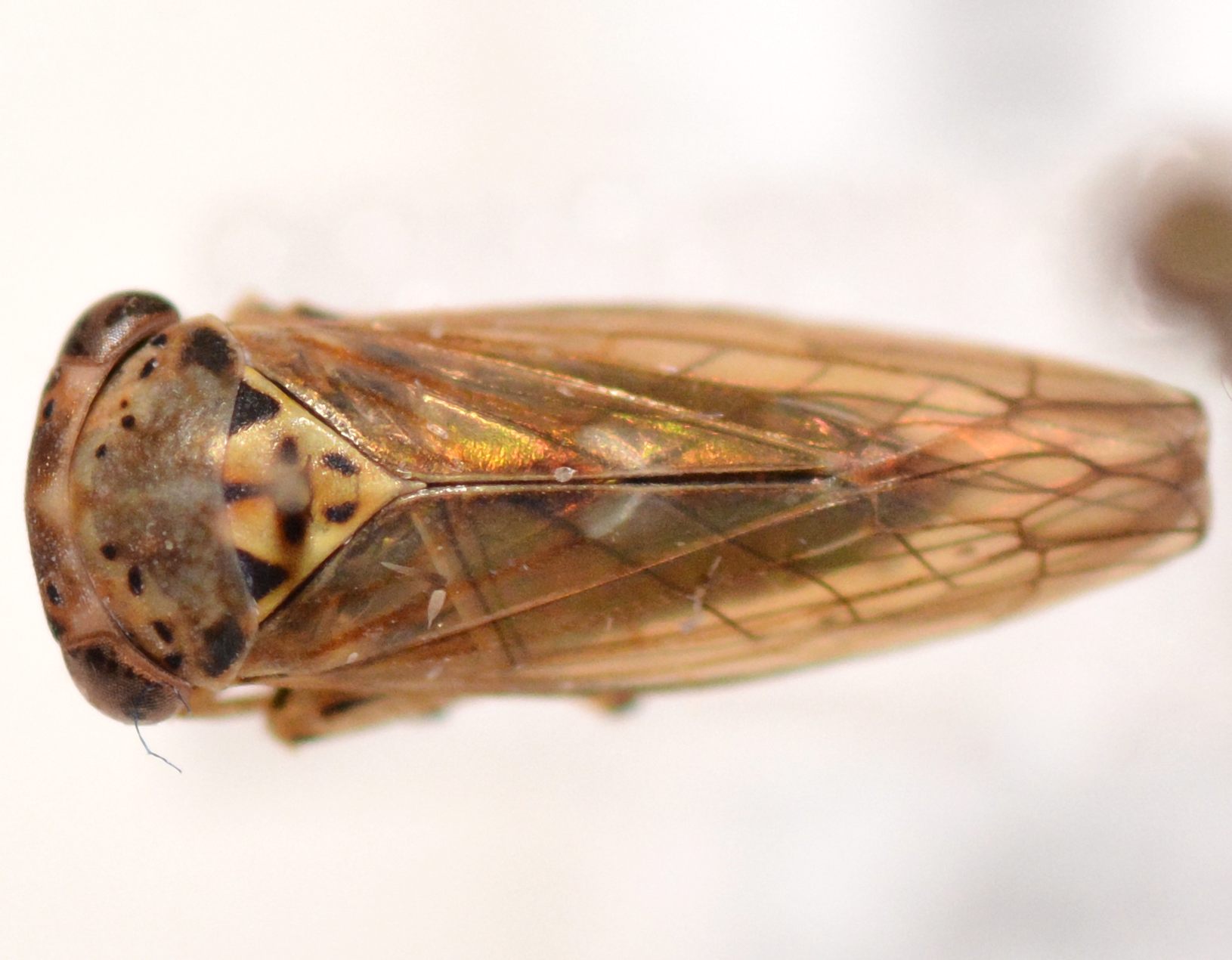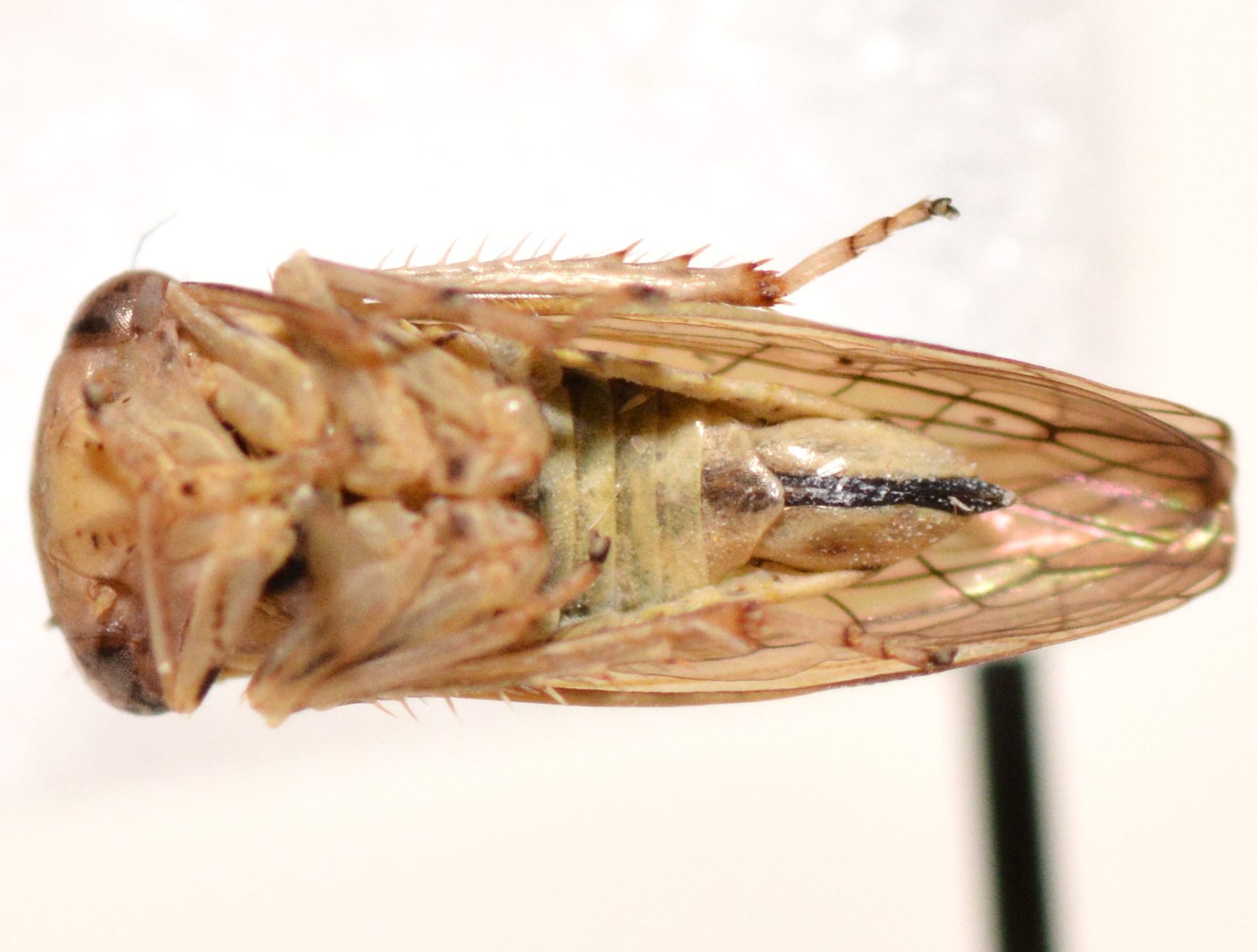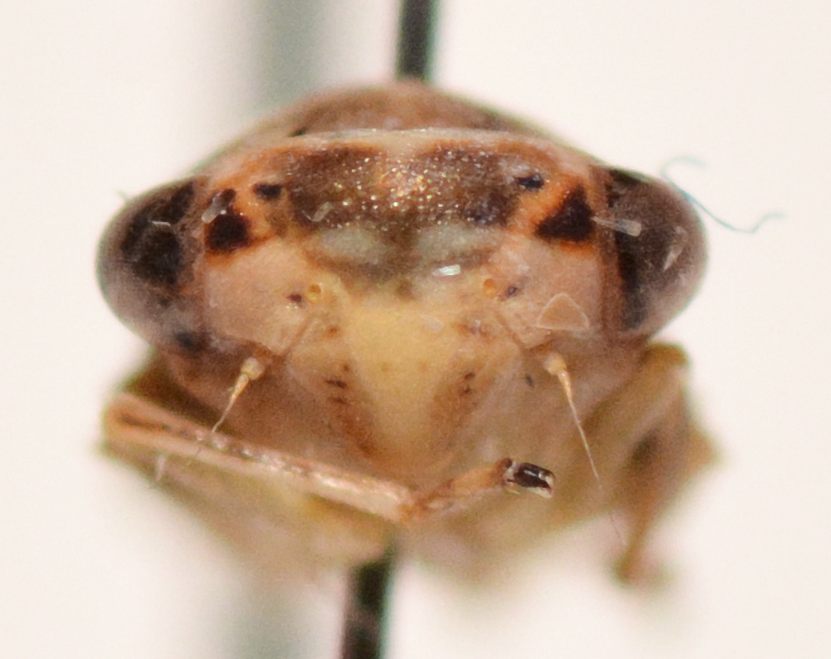|
|
|
|
Species Photo Gallery for Idiocerus stigmaticalis No Common Name 9 |
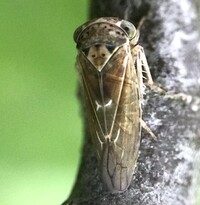 | Photo by: Ted Wilcox
Watauga Co.
Comment: Found on an Alder stem. - unid_leafhopper |  | Photo by: Ted Wilcox
Watauga Co.
Comment: Found on an Alder stem. - unid_leafhopper |
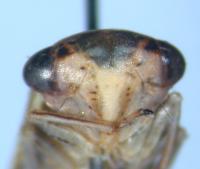 | Photo by: Bo Sullivan
Ashe Co.
Comment: female |  | Photo by: Bo Sullivan
Ashe Co.
Comment: female |
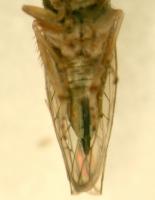 | Photo by: Bo Sullivan
Ashe Co.
Comment: female | 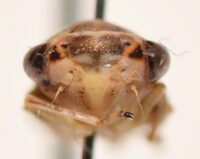 | Photo by: Bo Sullivan
Ashe Co.
Comment: female, 6.7 mm |
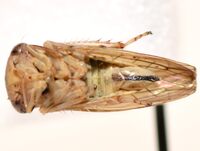 | Photo by: Bo Sullivan
Ashe Co.
Comment: female, 6.7 mm | 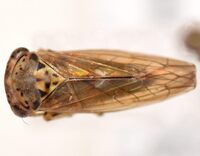 | Photo by: Bo Sullivan
Ashe Co.
Comment: female, 6.7 mm |
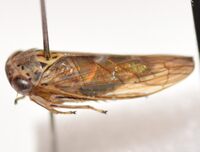 | Photo by: Bo Sullivan
Ashe Co.
Comment: female, 6.7 mm |

 »
»